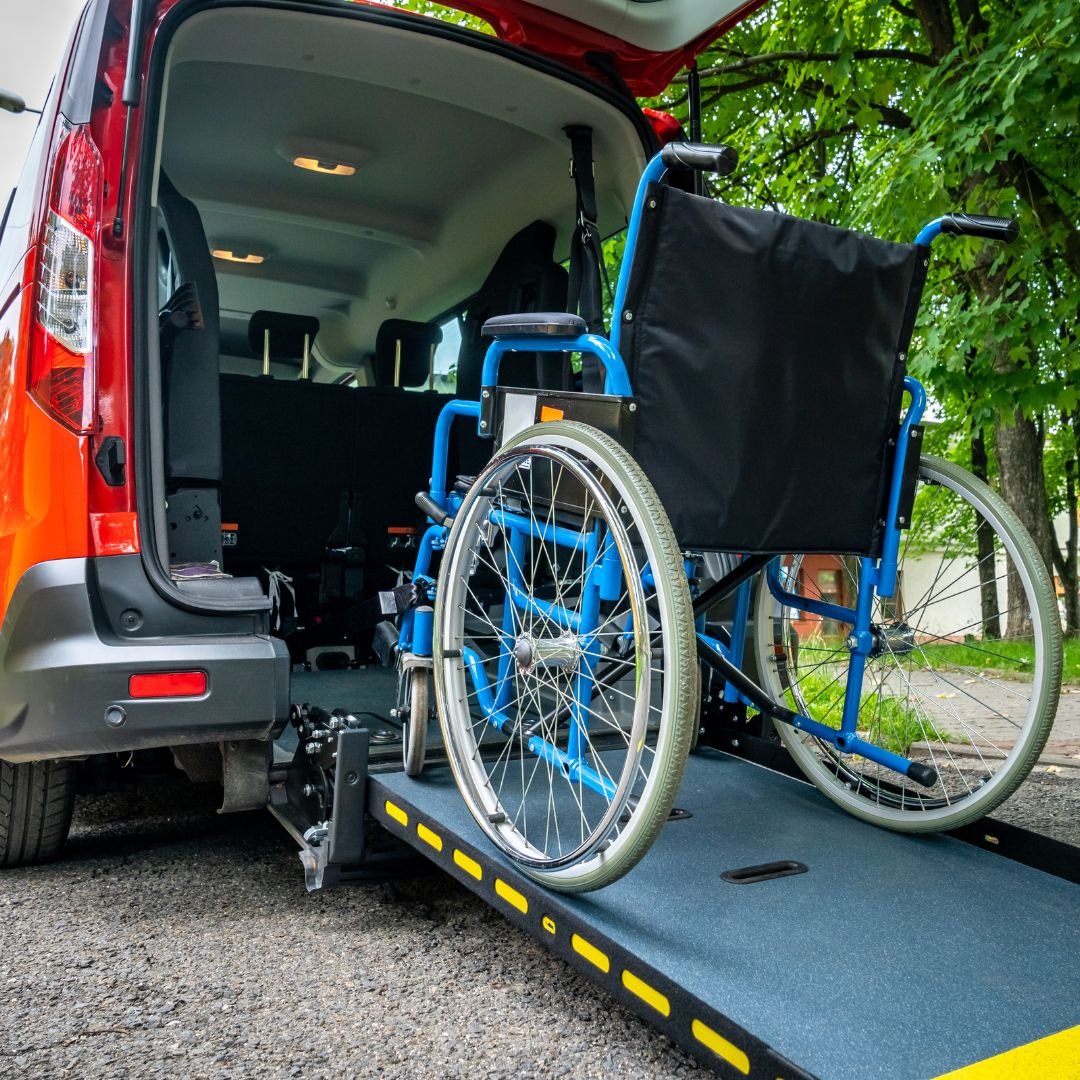In medical emergencies, every second counts. The ability to receive timely medical care can be the difference between life and death. Advanced transport options are revolutionizing the way patients access critical care, improving outcomes by reducing the time it takes to reach medical facilities. Today we explore the impact of these advanced transport options some from us at Book N Ride Limo and how they are reshaping the medical transportation CT.
Air Ambulance Services
Air ambulance services have become a crucial component of emergency medical care, especially in rural or hard-to-reach areas. Helicopters and fixed-wing aircraft equipped with medical equipment and staffed by trained professionals can transport patients rapidly to hospitals, bypassing traffic and geographical barriers. These services are particularly vital for patients requiring immediate attention, such as those suffering from heart attacks, strokes, or severe trauma. The ability to quickly transport patients to specialized facilities has been shown to significantly improve survival rates and reduce complications.
Telemedicine-Enabled Ambulances
Telemedicine has extended its reach into the realm of emergency transport with the advent of telemedicine-enabled ambulances. These vehicles are equipped with advanced communication tools that allow paramedics to connect with doctors and specialists. By sharing vital information, such as EKG results or images of injuries, paramedics can receive guidance on administering care en route to the hospital. This immediate access to expert advice ensures that patients receive the most appropriate care, even before arriving at the medical facility, enhancing their chances of a positive outcome.
Rapid Response Motorcycles
In congested urban environments, traffic can significantly delay ambulances. Rapid response motorcycles offer a solution by allowing paramedics to navigate through traffic quickly and reach patients in need. These motorcycles are equipped with essential medical supplies, enabling first responders to provide initial care while an ambulance is en route. In cases where minutes can make a difference, rapid-response motorcycles help bridge the gap, ensuring that patients receive prompt medical attention.
Automated Dispatch Systems
Advanced transport options are further enhanced by automated dispatch systems that use algorithms to determine the fastest and most efficient way to transport patients. These systems consider factors such as traffic conditions, weather, and the availability of medical resources. By optimizing the dispatch process, these systems reduce response times and ensure that the most appropriate transport option is dispatched to the scene. This not only improves patient outcomes but also maximizes the efficiency of emergency medical services.
The Role of Drones in Medical Transport
Drones are emerging as a futuristic yet practical solution for transporting medical supplies and even organs for transplant. In situations where road transport is not feasible, drones can quickly deliver essential items to hospitals or accident scenes. This technology is particularly useful in remote or disaster-stricken areas where access to medical supplies is limited. While still in its early stages, drone technology holds great promise for expanding the reach of timely medical care.
Advanced transport options are playing a pivotal role in ensuring timely medical care, particularly in emergencies where every second matters. From air ambulances and telemedicine-enabled vehicles to rapid-response motorcycles and drones, these innovations are reducing response times and improving patient outcomes. As technology continues to evolve, the impact of these advanced transport options on healthcare delivery will only grow, offering hope and lifesaving care to those in need.






